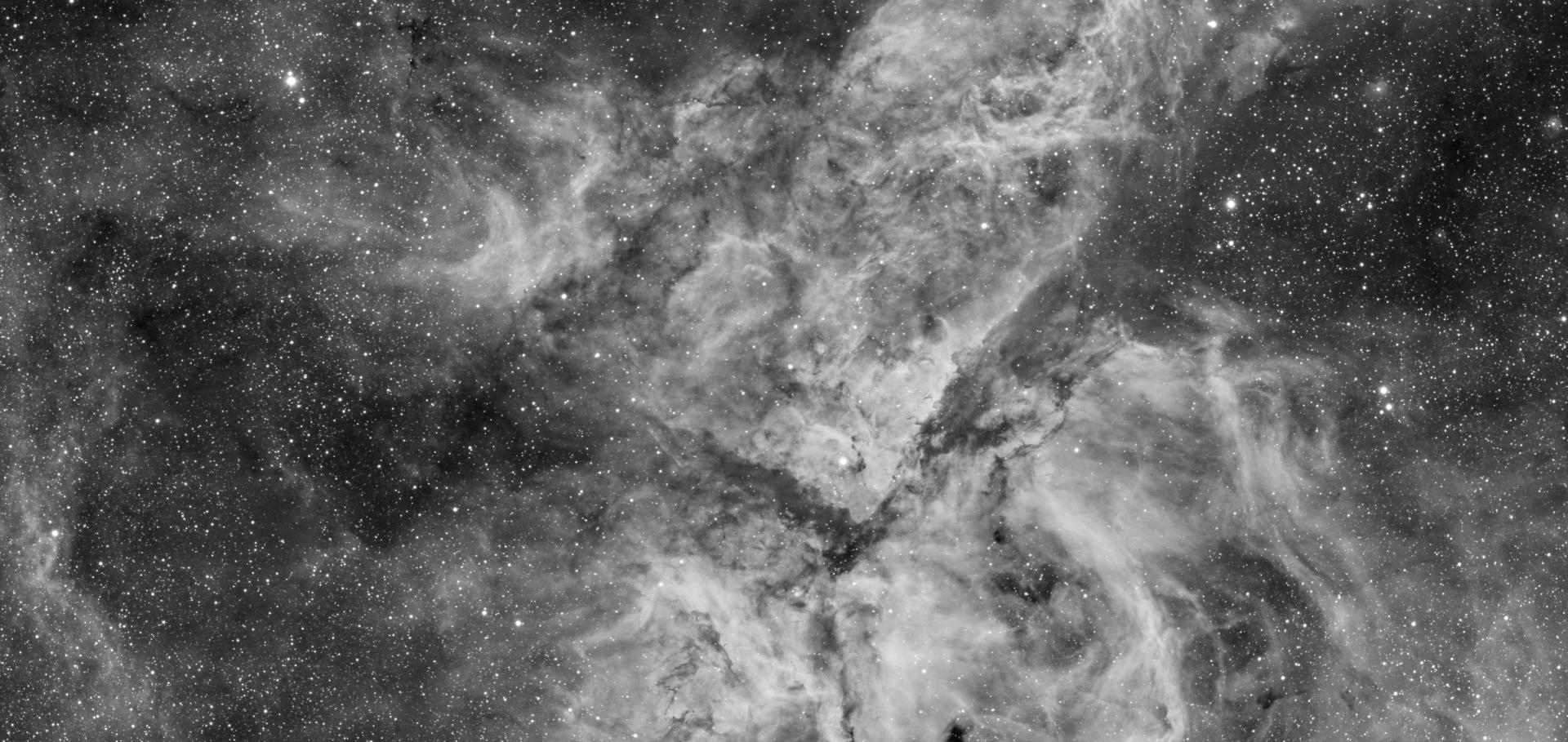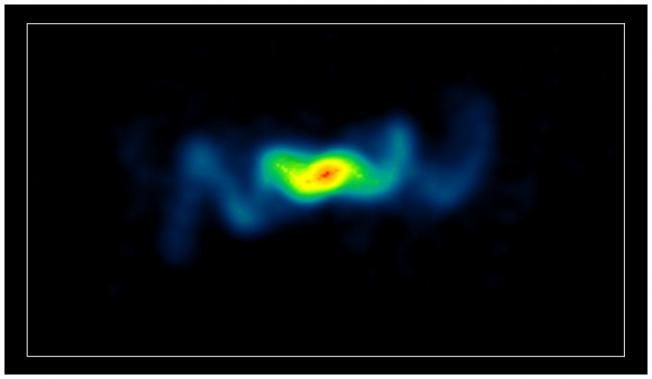A complete sample of quasars from the 7C Redshift Survey
OBSERVATIONAL COSMOLOGY 226 (1998) 209-214
Cosmology with Redshift Surveys of Radio Sources
Chapter in Observational Cosmology, Springer Nature 226 (1998) 171-178
Cosmology with redshift surveys of radio sources
ASTROPHYS SPACE SC L 226 (1998) 171-178
Abstract:
We use the K - z relation for radio galaxies to illustrate why it has proved difficult to obtain definitive cosmological results from studies based entirely on catalogues of the brightest radio sources, e.g. 3C. To improve on this situation we have been undertaking redshift surveys of complete samples drawn from the fainter 6C and 7C radio catalogues. We describe these surveys, and illustrate the new studies they are allowing. We also discuss our 'filtered' 6C redshift surveys: these have led to the discovery of a radio galaxy at z = 4.4, and are sensitive to similar objects at higher redshift provided the space density of these objects, rho, is not declining too rapidly with z. There is currently no direct evidence for a sharp decline in the rho of radio galaxies for z > 4, a result only barely consistent with the observed decline of flat-spectrum radio quasars.The evolution of radio sources from complete samples
ASTROPHYS SPACE SC L 226 (1998) 179-184
Abstract:
From new complete samples of radio sources selected at low flux limits in low radio frequency, which give significantly improved coverage of the luminosity-redshift plane, we are able to decouple dependencies of source properties on redshift, from those depending on luminosity. We describe, with particular reference to the unification of radio galaxies and quasars, trends in linear size and also discuss core properties of these objects.A sample of 6C radio sources designed to find objects at redshift > 4: the radio data
ArXiv astro-ph/9707336 (1997)



